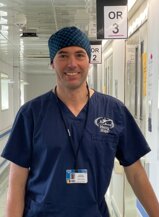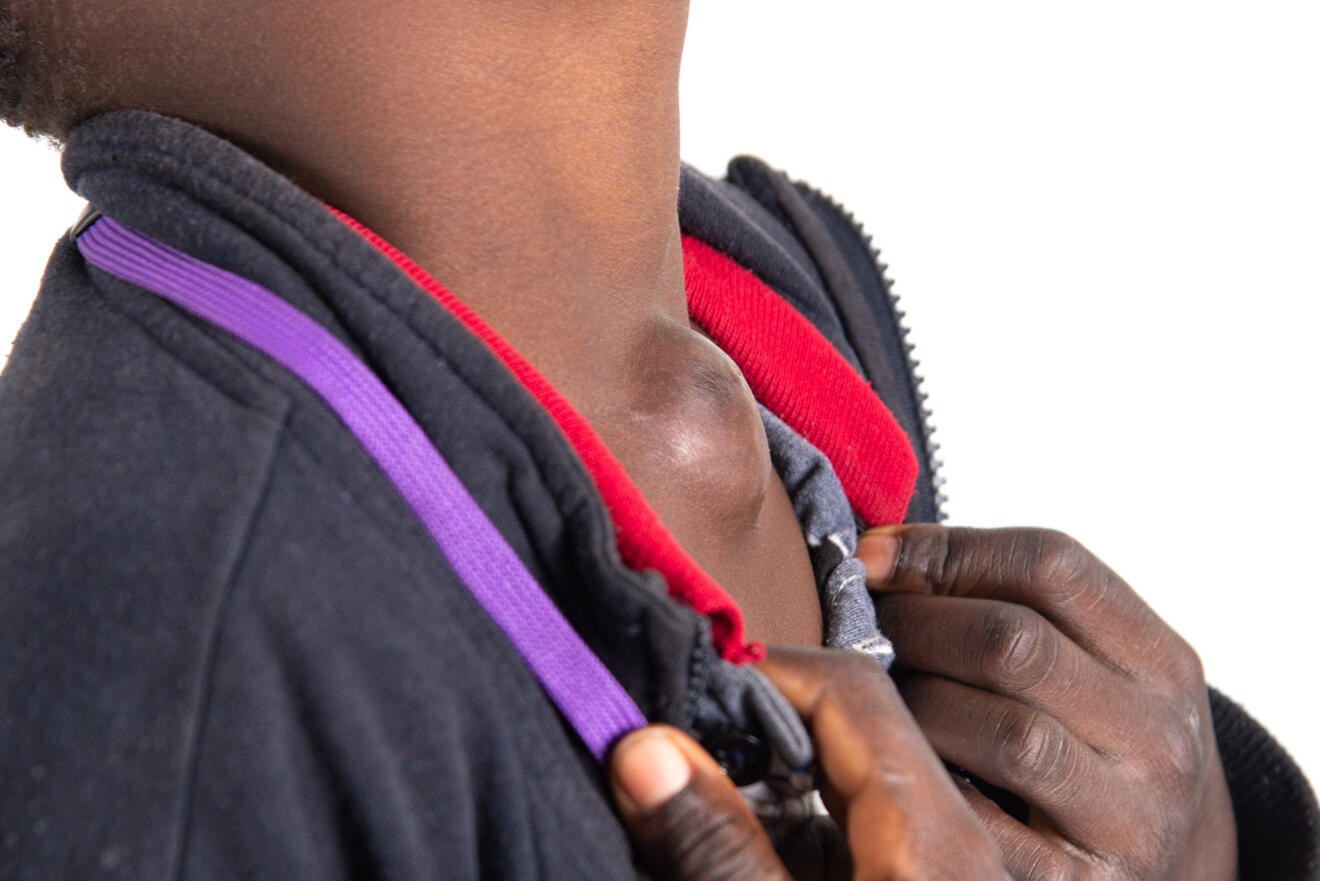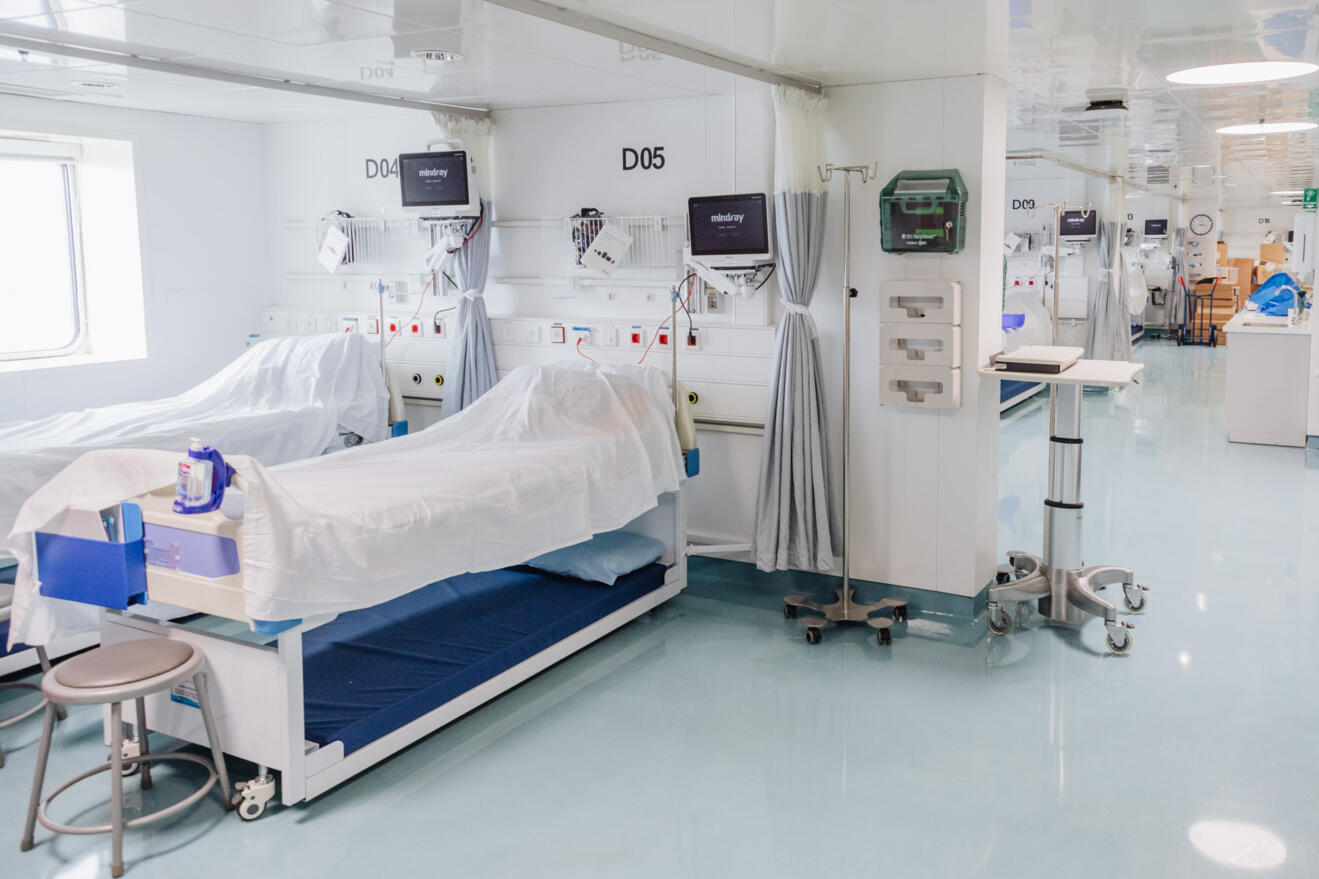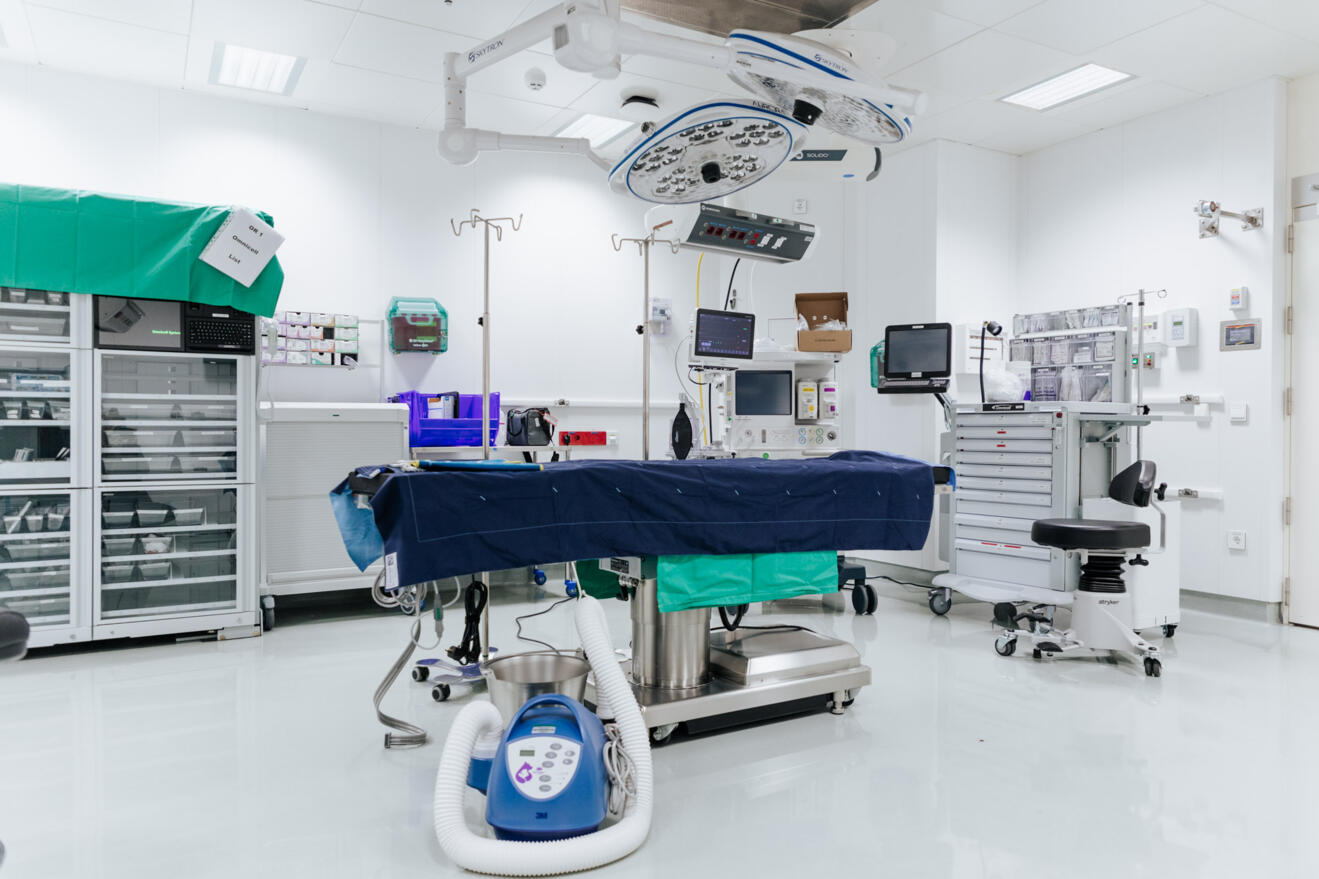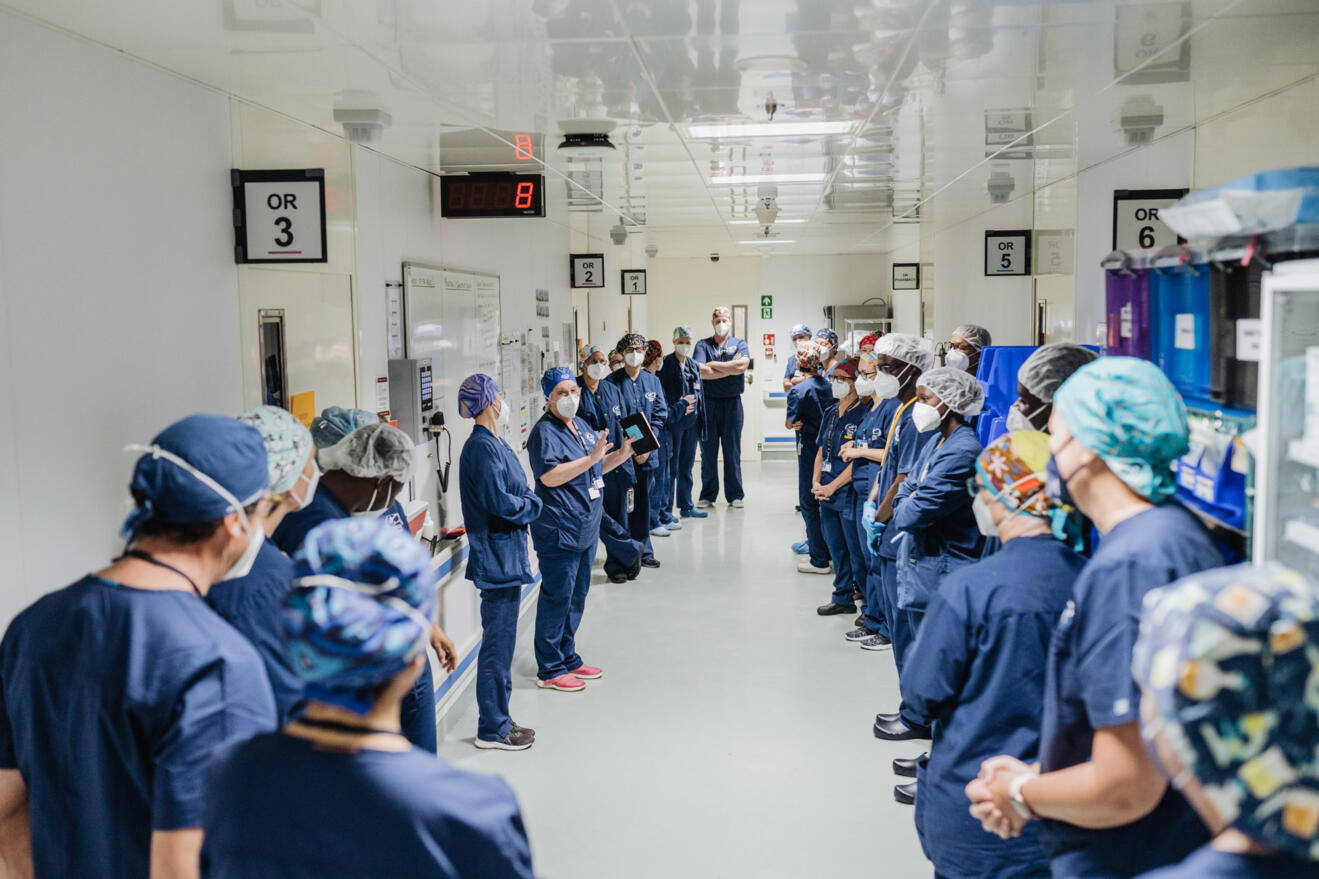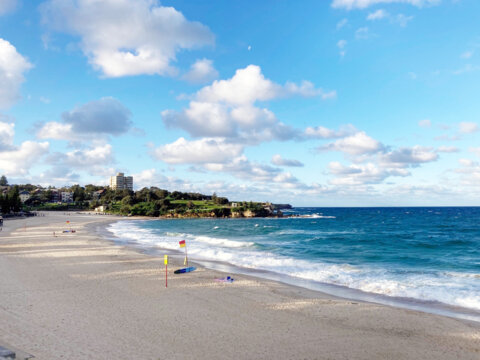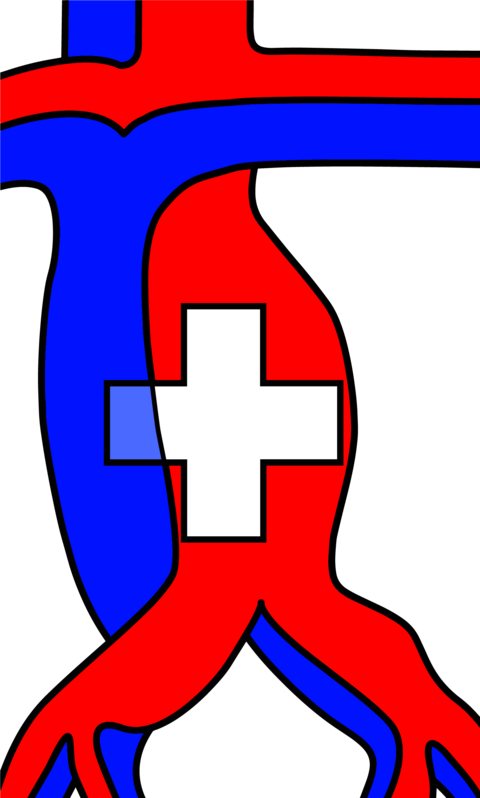What is the mission of Mercy Ships?
In developing countries, a significant portion of the population lacks access to adequate surgical care, encompassing a staggering 5 billion individuals worldwide. Mercy Ships is committed to providing free, specialized, and high-quality surgical care to underserved populations in Africa. This commitment extends to supporting the healthcare systems at the invitation of the countries through sustainable infrastructure projects, including hospital renovations, medical staff training, and the advancement of agricultural knowledge. Don Stephen and his wife Deyon, whom I also had the pleasure of meeting this year, established this humanitarian organization in Lausanne in 1978 with unwavering idealism, courage, and based on a Christian belief.
Through the aid of a Swiss loan, they acquired a decommissioned cruise ship, transforming it into a floating hospital. In 2007, the organization renewed its fleet with the African Mercy, a converted ferry, and recently, they accomplished the remarkable feat of constructing the world's first and largest state-of-the-art civilian hospital ship from scratch, known as the Global Mercy, which commenced its service in 2022. This imposing vessel boasts six operating rooms, 199 patient beds, including an intensive care unit, 110 acute care beds, and a low care unit for 90 patients, most of whom are self-sufficient but still require therapies on board. Each patient can have a caregiver present around the clock. Many employees engage in educational activities.
The Medical Capacity Building Program features specialized rooms equipped with modern equipment, including a simulation room and a dedicated faculty, enabling the local crew to attain specialist-level training. Onboard, there is everything the volunteer crew of 640 requires to work and live comfortably, effectively forming a largely autonomous community with amenities such as a spacious dining room, café, store, bank, post office, library, a 650-seat auditorium, kindergarten, and school for staff members' children, a pool, gym, and much more. Since then, Mercy Ships has deployed two vessels along the coastal regions of West and East Africa, establishing a secure and mobile hospital that operates in a different country each year. Over 40 years, they have performed surgeries on more than 100,000 patients and trained 50,000 local specialists. All of this is made possible through generous donations.
What is the medical work like on board?
My first day on board was primarily dedicated to onboarding, much of which I had already completed through the Mercy Ships learning platform while in Switzerland. Then we conducted screenings in the outpatient clinic for patients who were already well prescreend, working alongside an international team and another pediatric surgeon from the UK. Over the next nine days, we performed over 50 visceral surgical procedures in 35 patients ranging from infants to teenagers. Notably, we encountered pronounced cases of inguinal hernias, umbilical hernias, undescended testicles, various cystic malformations of the head and neck, and combinations of these pathologies.
While these diagnoses might appear straightforward and conductive to outpatient surgery, the young patients from Senegal and Gambia had been given the opportunity for surgery relatively late by Swiss standards. As a result, some of these diseases had progressed to dimensions rarely seen in our work in Switzerland, rendering the interventions considerably more complex. For instance, some of the undescended testicles were located intra-abdominally, the umbilical hernia in a 6-year-old boy was the size of a hand and had already incarcerated, and the neck cysts were often compressing vessels and airways. Each of these interventions held the potential to greatly improve the lives of these children, and in some cases, even might prolong their lives.
In the other operating rooms, procedures included maxillofacial operations for cleft lip and palate, surgeries for large jaw tumors, plastic reconstructive operations and eye surgeries (primarily for cataracts). At other times, gynecologic surgery (mainly repairs of vesicovaginal fistulas) and orthopedic surgery (primarily realignment osteotomies) are also provided. Additionally, a significant number of dental procedures are conducted onshore. The range of procedures varies according to the specific needs of the countries and the expertise of the surgeons. Medical crew's responsibilities encompassed morning and evening ward rounds, counseling patients and their caregivers the evening before surgery, and two on-calls per week, in addition to participating in various meetings, seminars and lectures. Our schedules were tightly packed, but there was still time during meals, evenings, and weekends for socializing with the crew, engaging in sports, and exploring the city and its surroundings.
Why was this first mission so convincing?
Mercy Ships has garnered decades of expertise and has established a highly professional and sustainable support for African countries. I was genuinely impressed by the seamless interaction between the local and international crew members, hailing from over 60 nations, which is continuously changing. This excellent collaboration ensures state-of-the-art surgery and high-quality care from start to finish. The focus is unwaveringly on achieving optimal outcomes rather than quantity. A detailed recruitment process, comprehensive pre-departure onboarding, orientation to internationally established guidelines (e. g. WHO checklists), redundant safety protocols and a solid communication culture make this possible. Local translators are available 24/7 for all patient conversations to ensure effective communication at this level as well. Crucially, every individual on board, regardless of their profession or position, serves with conviction and dedication to the Mercy Ships' mission, volunteering wholeheartedly. This high level of motivation fuels their commitment to contributing their best to the entire mission, epitomizing the organization's motto: "Bringing hope and healing." The reward is the shining eyes of the children and the relieved parents when they can get off the ship.
How can one apply?
In addition to doctors, nursing staff and many other professions are constantly being recruited. For initial information on how to apply, one can visit the website www.mercyships.ch. The staff at the Belp and Lausanne offices are also available and organize events for those interested in learning more about Mercy Ships. The application process is entirely conducted through an online platform and is coordinated from Texas, USA. First, you apply for the talent pool through an elaborate process. From there, you are asked for mission assignments and then make all the preparations with the support of a volunteer coordinator for your journey with Mercy Ships - for the african people.
Mercy Ships www.mercyships.ch
All images are released by Mercy Ships and the parents of the patients shown.


